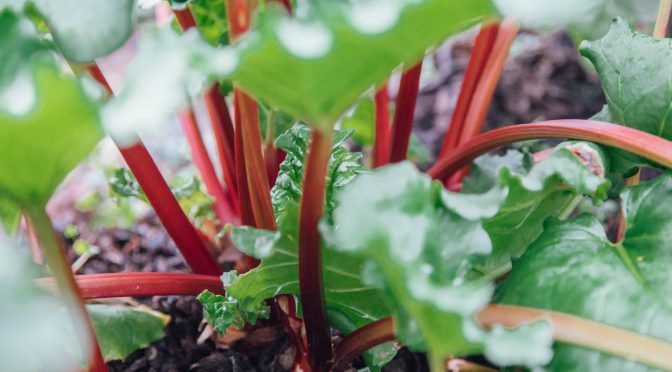Who doesn’t love perennials? They’re generally easy to care for and offer a harvest or beauty year after year. Make sure your perennials thrive next season with these simple fall tips.
Trim
Any damaged, diseases, or pest ridden plant material should be cut back in the fall. Some of of these materials are fine to toss in an active compost pile. A hot compost pile should kill plant diseases. However, some pest ridden plants like asparagus fronds that were infested with asparagus beetles should be burned.
Check out our winter compost pile tips.
That being said you may want to leave some dead plant material in the garden. Some beneficial insects actually overwinter in dead plant stalks. Seed heads like echinacea and sunflower are also great winter food sources for song birds.
Weed
Unfortunately, weeding isn’t just a summer chore. Perennials thrive when kept weed free so if you live somewhere without snow cover you may need to weed a bit during the fall and winter.
Weeds can be tossed into an active compost pile. A good hot pile will break down weed seeds so that you’re not adding them back to your soil.
Water
If you live in the Deep South where winters are warm you may also need to water perennials during the fall and winter depending on the year’s rainfall.
Mulch
Like we covered in our last post, perennials benefit from being mulched in the fall. Mulch provides a temperature buffer and can help prevent the soil from heaving during periods of freezing and thawing. It also adds organic material to the soil as it decomposes. You can use a variety of natural mulches including straw, leaves, hay, shredded paper, pine needles, or wood chips or shavings.
Mulch around the base of fruit trees and shrubs to help protect the roots. Most smaller perennials can be mulched over entirely you just may need to pull it back some after the danger of frost has passed in the spring.
Provide Extra Protection
If you have any perennials that are only marginally tolerant of your hardiness zone you can move them into a cold-frame for winter. Alternatively, you can try covering them with row cover or even just a thick layer of mulch. Sometimes just a little extra protection can allow you to grow plants that wouldn’t normally thrive in your climate.

